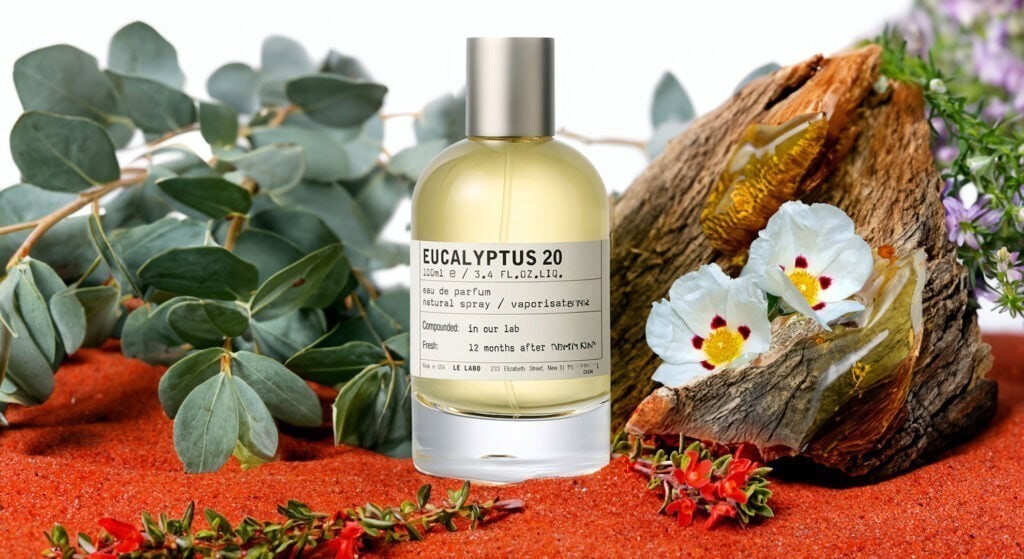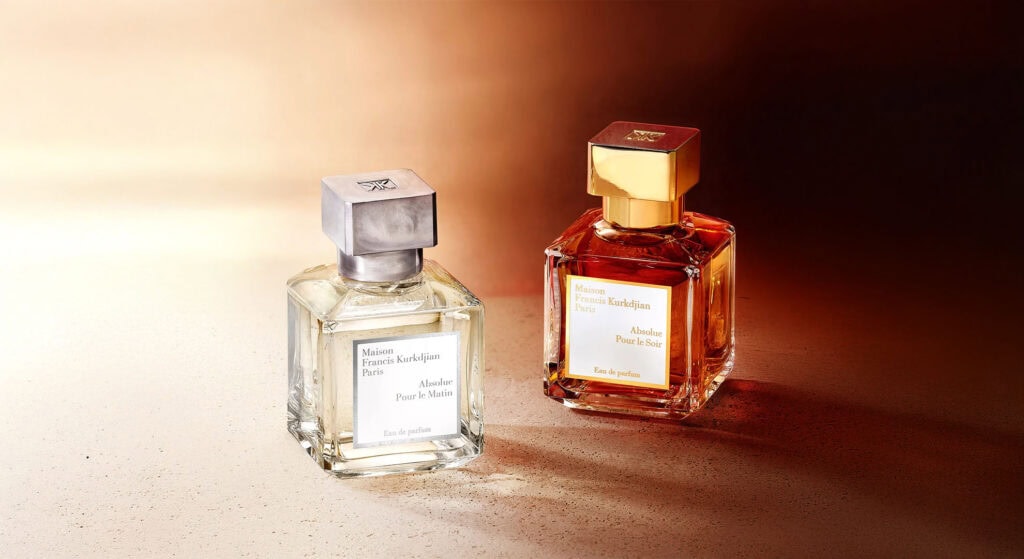The Essence of Thyme in Perfumery: A Versatile Herb with Aromatic Depth
Thyme, with its aromatic and herbal complexity, has long been a cherished ingredient in both culinary arts and perfumery. Its fresh, earthy, and slightly spicy scent adds a unique character to fragrances, making it a favorite among perfumers seeking to create dynamic and versatile compositions. This article delves into the use of thyme in perfumery, from how its essence is extracted to its role in blending, as well as highlighting some of the most iconic fragrances where thyme plays a significant role.
Extracting the Aromatic Qualities of Thyme
Thyme, a member of the mint family, is native to the Mediterranean region and has been valued for its aromatic properties for centuries. In perfumery, the essence of thyme is captured using several extraction methods, each preserving the herb’s distinctive scent profile.
- Steam Distillation: The most common method for extracting thyme essential oil is steam distillation. Fresh or dried thyme leaves are subjected to steam, which releases the volatile aromatic compounds. As the steam cools, it condenses back into water, separating the essential oil from the hydrosol. The resulting thyme essential oil is highly concentrated, with a fresh, green, and slightly camphorous aroma that captures the true essence of the herb.
- Cold Pressing: While not commonly used for thyme, cold pressing can sometimes be employed, especially for creating a lighter, less intense extract. This method involves mechanically pressing the thyme leaves to release their oils. The resulting extract is less concentrated than the essential oil but retains a fresh, green aroma that can be used in more subtle fragrance compositions.
- CO2 Extraction: This modern extraction method uses supercritical carbon dioxide to extract thyme’s aromatic compounds. CO2 extraction produces a pure and potent oil that preserves the full complexity of thyme’s scent, making it ideal for use in high-end perfumery.
Blending Thyme in Fragrance Creation
Thyme’s versatile aroma makes it a valuable ingredient in perfumery, where it can add freshness, complexity, and an herbal depth to various fragrance families.
- Herbal and Aromatic Scents: Thyme is often featured in herbal and aromatic fragrances, where its fresh, green, and slightly spicy notes blend harmoniously with other herbs like rosemary, lavender, and sage. This combination creates invigorating and natural scents that evoke the outdoors and the Mediterranean landscape. Hermès Eau de Néroli Doré showcases thyme blended with neroli and saffron, creating a bright, aromatic fragrance that is both refreshing and sophisticated.
- Citrus and Green Compositions: Thyme pairs beautifully with citrus notes like lemon, bergamot, and grapefruit, adding an herbal depth that enhances the freshness of the composition. The combination of thyme with citrus results in a fragrance that is lively, crisp, and invigorating. Jo Malone’s Lime Basil & Mandarin is a well-known example, where thyme adds an earthy, herbal twist to the vibrant citrus and basil notes, creating a modern, fresh scent.
- Woody and Spicy Blends: Thyme can also be used to complement woody and spicy notes, adding an aromatic, slightly camphorous edge that enhances the richness of the fragrance. When blended with notes like cedarwood, vetiver, or cinnamon, thyme introduces a fresh, green contrast that balances the warmth and intensity of the spices and woods. Chanel’s Sycomore features thyme as a supporting note, where it adds a subtle green freshness to the smoky, woody base.
- Floral and Earthy Accords: In floral fragrances, thyme can introduce a fresh, herbal quality that tempers the sweetness of the flowers. When combined with notes like jasmine, rose, or geranium, thyme adds a grounding, earthy dimension that makes the floral composition more complex and sophisticated. Diptyque’s L’Ombre Dans L’Eau incorporates thyme to balance the floral and green notes of blackcurrant leaves and Bulgarian rose, creating a scent that is both refreshing and earthy.
Iconic Perfumes Featuring Thyme
Several fragrances have become renowned for their use of thyme, showcasing the herb’s ability to add freshness, complexity, and an aromatic depth to a wide range of compositions.
- Hermès Eau de Néroli Doré: This fragrance features thyme in a bright and aromatic composition, blending it with neroli and saffron to create a scent that is both refreshing and sophisticated. The thyme adds an herbal, slightly spicy twist that enhances the overall freshness of the fragrance.
- Jo Malone Lime Basil & Mandarin: A modern classic, this fragrance highlights thyme’s ability to add an earthy, herbal depth to a citrus composition. The combination of thyme with lime, basil, and mandarin creates a scent that is both vibrant and refreshing, perfect for everyday wear.
- Chanel Sycomore: In this woody fragrance, thyme adds a subtle green freshness that complements the smoky, earthy notes of vetiver and sandalwood. The result is a sophisticated, complex scent that is both rich and balanced.
- Diptyque L’Ombre Dans L’Eau: This fragrance uses thyme to balance the fresh, green notes of blackcurrant leaves and the floral richness of Bulgarian rose. The thyme introduces an earthy, herbal quality that makes the scent feel both natural and refined.
The Timeless Appeal of Thyme in Fragrance
Thyme, with its fresh, herbal, and slightly spicy aroma, has established itself as a versatile and valuable ingredient in the world of perfumery. From its careful extraction to its skillful blending with other notes, thyme adds a unique aromatic depth and complexity to fragrances. Whether enhancing herbal, citrus, woody, or floral compositions, thyme plays a crucial role in creating perfumes that are both invigorating and sophisticated. Iconic fragrances like Hermès Eau de Néroli Doré, Jo Malone Lime Basil & Mandarin, and Chanel Sycomore demonstrate the enduring appeal of thyme, proving that its presence in perfumery is as timeless and multifaceted as the herb itself.

